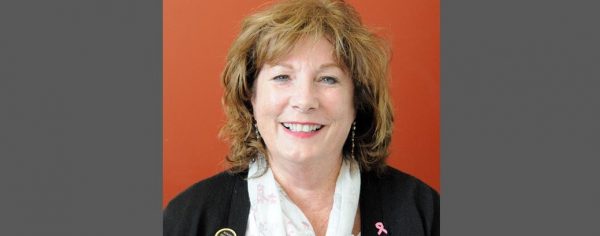Women Veterans Committee Update July/August 2020

BY KATE O’HARE-PALMER, CHAIR
The world has taken many turns since the last Women Veterans Committee column was written. The COVID-19 pandemic and its shelter-in-place orders have affected us all. Our condolences go out to those who have lost loved ones during this time. The VVA committees did not hold their April meetings. Our budgets have been zeroed out. We will know more about the committees’ futures after the restructuring of VVA.
In April, some of the committee chairs met via Zoom to write a letter of support to health care frontline workers. A copy of that letter is on the VVA website. We are currently working on a review of the crisis of positive COVID-19 cases and deaths in veterans homes. President John Rowan and Linda Schwartz were interviewed last month by Jake Tapper about that situation.
We are compiling a paper for the VA on strategic planning needs for aging veterans. Is the VA truly ready for us? The VA does not have the new Caregiver Program for Pre-9/11 Veterans up and running because of IT issues with the system start date, which was delayed due to the pandemic.
There are currently two million women veterans, 10 percent of the veteran population. Women veterans are the fastest-growing sector of VA health care utilization. Twenty percent of current military personnel are women. In the last column, I talked about the continued emphasis in our committee resolutions on military sexual trauma. The House Committee on Veteran’s Affairs website contains a good review of the last subcommittee hearing on this topic.
On May 15, Rep. Julia Brownley (D-Calif.), the chair of the House Committee on Veterans’ Affairs’ Women Veterans Task Force, hosted a live online hearing on “Resilience and Coping: Mental Health of Women Veterans.” Women veterans are twice as likely to die of suicide, yet they are not using the VA mental health care system as male veterans do. Women have a 25 percent rate of being harassed when using a VA facility. They frequently feel isolated and many times are discouraged after having a bad experience with a gatekeeper or clerk at their first visit.
Peer-to-peer support is one system that does work in the VA system for women veterans. Navigating these complex settings can be daunting. Having the director monitor the environment regularly may help identify areas in need. Patty Hayes of the VA described the whole health care integrated model, which includes maternity and telehealth care. Telehealth appointments have increased greatly in the last few months with great success for ease of access.
For women with spinal cord injuries, the COVID-19 shelter-in-place order has put a greater strain on their quality of life. Caretakers have not been able to gain access to homes, which leaves patients’ care to family members—or they just spend more time alone.
The Wounded Warrior Project has just completed a survey of 5,000 of its women veteran members. The full results will be out soon. The survey found a 40 percent increase in the use of the project’s online programs and services in the last two months.
There is still a challenge with obtaining access to special out-of-state programs for women veterans. The referral procedure should be easily accessible. Intercommunication is key.


